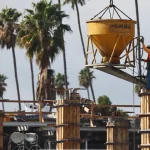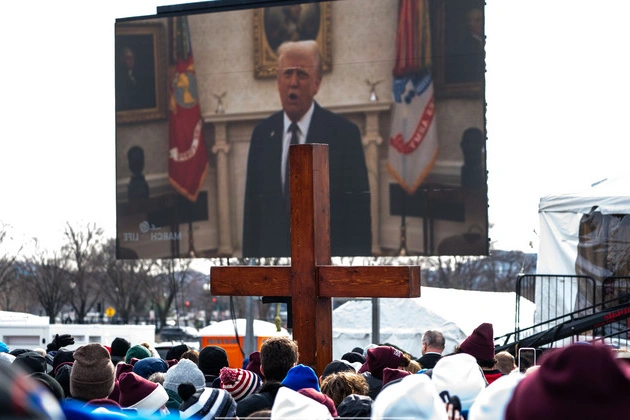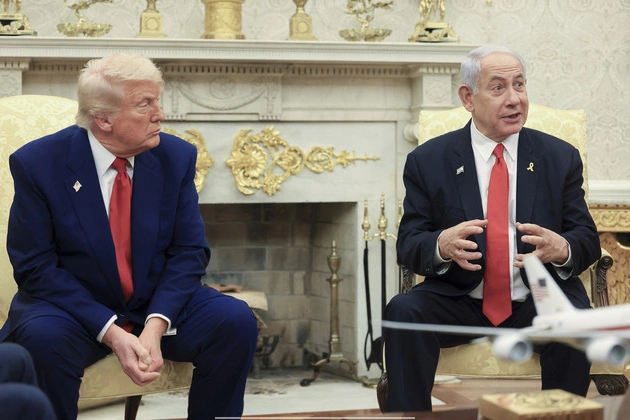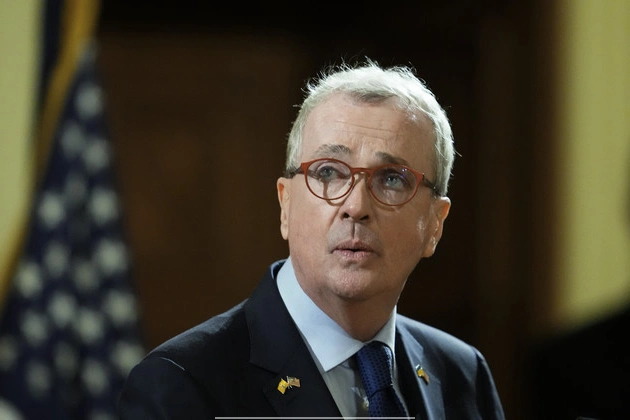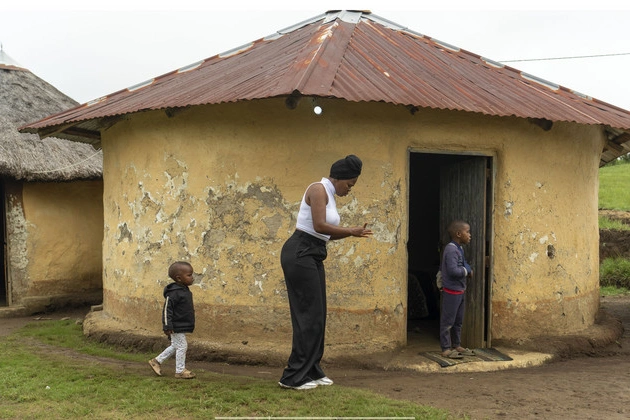
UMZIMKHULU, South Africa — Concerns are rising in a rural village in South Africa’s KwaZulu-Natal province as unemployed 19-year-old Nozuko Majola grapples with the financial burden of traveling to collect her essential HIV medication. Majola, like millions of other HIV patients in South Africa, is facing challenges due to President Donald Trump’s global foreign aid freeze.
In 2024, the Human Sciences Research Council reported that KwaZulu-Natal had the second-highest HIV prevalence in South Africa, with 16% of the population affected. The province also recorded the highest number of people living with HIV in 2022, totaling about 1,980,000 individuals.
The Impact of Trump’s Aid Freeze
South Africa has over 7.5 million people infected with HIV, the highest number globally. The suspension of the President’s Emergency Plan for AIDS Relief (PEPFAR) by Trump has put at least 5.5 million South Africans receiving antiretroviral treatment at risk. PEPFAR contributes over $400 million annually to HIV programs in South Africa, making up 17% of the total funding.
PEPFAR has been instrumental in saving approximately 26 million lives since its inception in 2003. Despite a recent court order to lift the funding freeze temporarily, many aid groups supporting HIV initiatives have already shut down, leaving patients without vital support.
Challenges Faced by HIV Patients
PEPFAR funding primarily flows through non-governmental organizations that complement the government’s health services. However, the aid freeze has disrupted these crucial support systems, especially in regions like Umzimkhulu, where access to healthcare is limited.
Nozuko Majola and other HIV patients in the area are struggling with transportation issues, hampering their ability to receive treatment. The closure of mobile clinics and diversion of patients to overwhelmed health facilities have compounded the challenges faced by HIV patients.
The suspension of PEPFAR funding has not only affected treatment programs but has also led to a shortage of healthcare workers, leaving many facilities understaffed and unable to meet the increasing demand for services.
Looking Towards Solutions
Community organizations and health workers are rallying to find alternative solutions to support HIV patients in the absence of PEPFAR-funded programs. However, the long-term impact of the aid freeze on HIV prevention and treatment remains a significant concern.
As South Africa grapples with the ramifications of Trump’s aid freeze, the future of HIV/AIDS initiatives in the country hangs in the balance. The resilience of communities and the dedication of healthcare providers will be crucial in mitigating the effects of this funding crisis.





